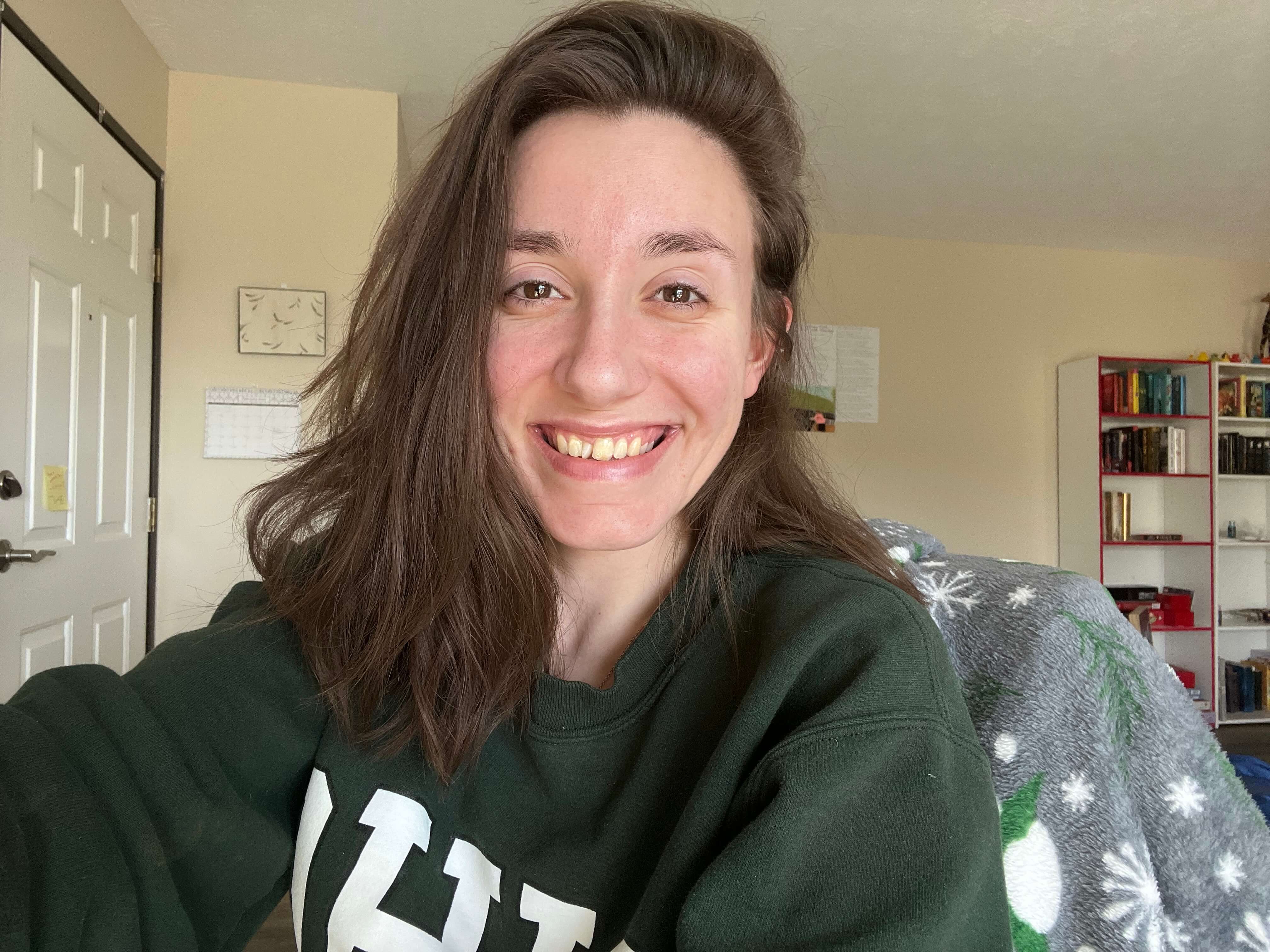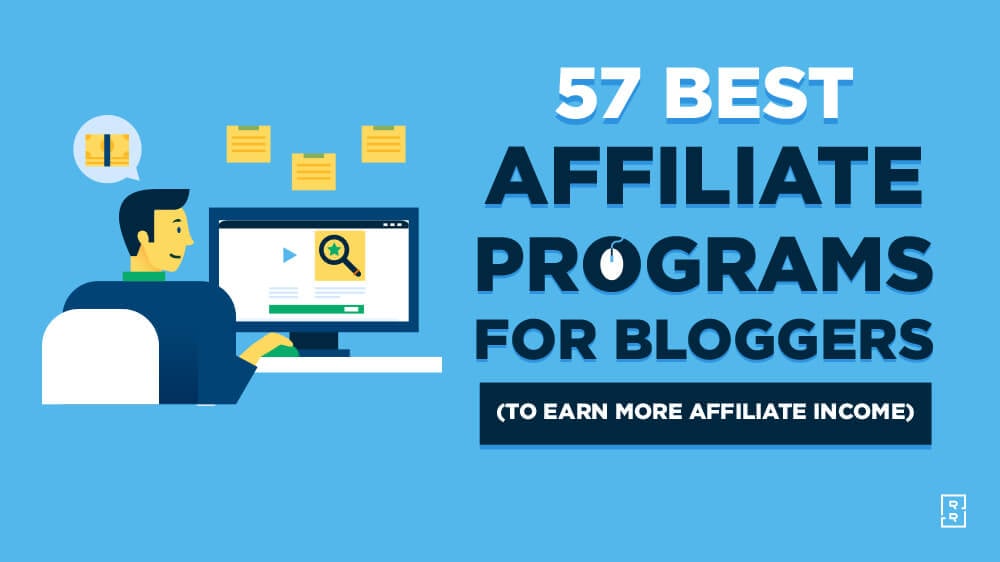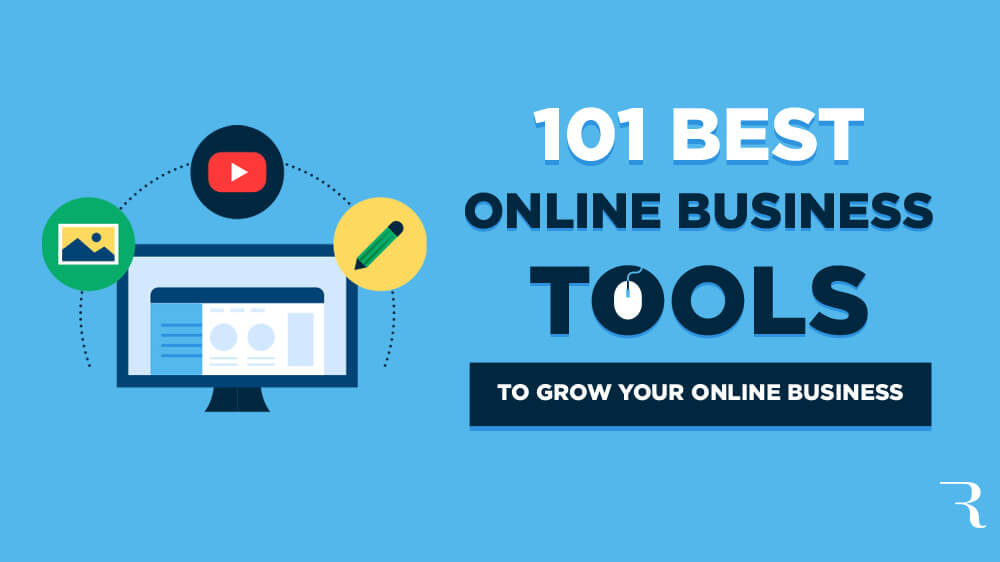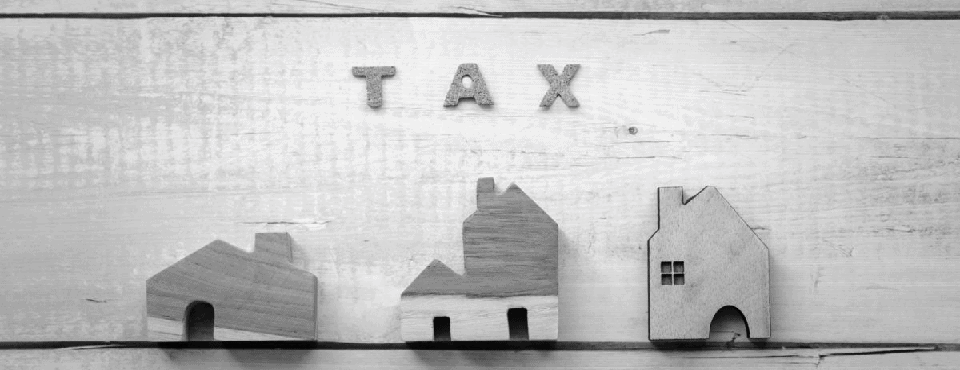I remember that feeling at college graduation—standing there in my cap and gown, the ceremony still echoing in my ears, and thinking, “Wait… how much is rent going to cost?” Real life hit fast. Suddenly, everything from razors to health insurance had a price tag I hadn’t quite prepared for. That was my crash course in living expenses, whether I signed up for it or not.
One thing all adults eventually realize (besides the mystery of back pain and the joy of breaking down cardboard boxes) is that life costs more than you thought. There are monthly living expenses, surprise costs, and those “basic” things, like gas or utility bills, that no one taught you how to plan for.
But here’s the good news: while living expenses might be unavoidable, the stress that usually tags along with them? That part is optional. Especially when you have a way to make sense of all your money—to see it clearly, plan ahead, and even start to feel good about it. That’s what YNAB helps you do.
What are living expenses, anyway?
Living expenses are the regular costs that keep your life up and running. They cover the necessities you need to function day-to-day—things you can’t really opt out of—unlike discretionary spending, which is more about choice and lifestyle than basic survival. They include essential categories like:
- Housing Costs (rent or mortgage payments, property taxes, utility costs, homeowner’s insurance premiums)
- Transportation (car payments, gas, maintenance, insurance, public transportation)
- Food (grocery store, dining out)
- Healthcare (insurance payments, co-pays, prescriptions)
- Cell phone and internet
- Personal care items (shampoo, deodorant, etc.)
- Debt payments (credit cards, student loans, etc.)
And then there are discretionary categories: these are still important, but they’re often the areas where you have the most flexibility and day-to-day control. While they add joy and personality to your life, they’re also the first places you can trim or tweak when you’re looking to free up money for other priorities.
- Entertainment (streaming services, concerts)
- Travel
- Hobbies and subscriptions
These can vary significantly depending on your lifestyle, where you live, and whether you have roommates, pets, or a penchant for Thai takeout.
Making peace with monthly expenses
Managing monthly costs can feel like a full-time job, especially when you’re working with a tight monthly income. But what if, instead of trying to guess what you can afford, you knew exactly what every dollar was doing?
YNAB is based on one simple but revolutionary idea: give every dollar a job. That means when your paycheck hits your account, you tell each dollar where to go—rent, groceries, car insurance, future concert tickets, whatever matters most to you. You decide. You prioritize. You flex. And you plan.
.png)
When you want or need to make changes, you’re not scrambling. You already have a plan in place. That means you can weigh tradeoffs thoughtfully, knowing exactly what you’re adjusting and why.
YNAB isn’t a budgeting tool at all—it’s in a category of its own. It’s a framework for designing your financial life with clarity and purpose. Instead of tracking what already happened, YNAB helps you shape what happens next. It’s more like a life-planning assistant disguised as an app. It brings structure and intention to your money, helping you build a path toward the life you actually want to live.
Seeing the whole picture (even the boring parts)
Sure, you could use a spreadsheet. Or a notes app. Or your memory (good luck). But tools like YNAB help you keep all your expenses in one place. You can:
- Track every monthly payment
- Set aside cash for upcoming expenditures
- Plan for surprise costs (because life will surprise you)
- Set targets for specific goals
- See your spending behavior so you can reflect and adjust
- Start putting dollars toward the life you want.
And yes, that includes saving up for a new phone, your emergency fund, or that side hustle dream you can’t stop thinking about.
YNAB helped us actually see the numbers for our spending and realize where it didn’t align with our priorities —Amy
The best part? This isn’t about obsessing over your money. Instead, you’ll plan your spending intentionally so you can manage generalized anxiety about money so many of us feel. When you get all of your spending, bills, and goals into one system you trust, it clears the mental clutter. You stop relying on memory and mental math, and start relying on a system that’s built for you. That means more headspace for the stuff that really matters: living your life, enjoying your time, and maybe even having fun with your finances.
You deserve a plan that works for you.
There are a lot of different approaches to organizing your money out there—some with catchy names, others you may have heard from that one ultra-organized classmate of yours. It’s helpful to know what’s out there so you can find something that works for you.
Some people swear by the 50/30/20 rule, which recommends putting 50% of your income toward needs, 30% toward wants, and 20% toward savings or debt repayment. This can be a helpful rule of thumb for many, but the problem is it doesn’t acknowledge the cost of living where you are, your individual circumstances, or even your specific priorities. That can set you up for feelings of guilt or even fear if you don’t perfectly hit the mark.
Others use a zero-based budget, where every dollar is assigned a purpose until there’s nothing left unaccounted for—so your income minus expenses equals zero. This is a great approach, because it forces you to consider all your spending at once, but it doesn’t provide a clear mechanism for making adjustments as circumstances and your financial goals change.
Then there’s the cash envelope system, a cash-based method where you physically divide your money into envelopes labeled for each spending category, helping you stick to your limits by design. This approach is excellent because it is so tangible and it allows for flexibility by simply moving money between envelopes. But you have to use cash for everything, which is just… kind of the worst? It’s not going to work in modern society.
YNAB acts like a digital envelope system—you assign money to different categories (like rent, gas, or financial goals), and you always know how much you actually have to spend. No more guessing. No more oops-I-forgot-the-electric-bill moments. You have the flexibility of cash envelopes and the accountability of a zero-based system, but without the downsides.
The important thing is to find a system that works for you, so you can align your spending with your values.
I can breathe when I talk about money and my future now. Panic doesn’t go hand in hand with swiping my credit card. I KNOW I can pay for my needs and some of my wants too. —Margo
Real talk: cutting costs isn’t the goal.
You’re going to hear a lot of advice in the personal finance blogosphere that will try to shame you into cutting out lattes or living on rice and beans. Too often the message is that you should cut spending for its own sake, because spending is inherently bad. But those kind of moralistic paradigms don’t help.
Instead, you need a system that makes your money work harder for the things you truly care about. You might cut spending on some things, but it will be so you can spend more on other things. Want to spend less on food so you can spend more on travel? Cool. Want to cut streaming services so you can save money for financial emergencies and feel more secure? That’s awesome. Do you want to cut optimize your savings so you can spend more on going out with your friends every weekend? That’s great!
For so long I struggled with running out of money and not being able to see where it was going. This was a struggle especially being a college student. I tried many other ways to organize my money, but none of them worked quite like YNAB. Now I’m able to understand where my money is going before it’s spent and not be surprised when yearly expenses come around. It’s great to have something that works the same way your brain does.” —Jamie
You should spend your money in a way that lines up with who you want to be. Don’t think about spending less, think about spending right.
Build your safety net.
So, let’s talk about emergency funds—because they’re often misunderstood. A true emergency fund isn’t just for car repairs or medical bills (though it’s great for those too). Its real purpose? Replacing income. If you lose your job or have to take time off work, your emergency fund gives you time and space to figure things out without spiraling into panic mode.
And those surprise expenses that feel like emergencies? Most of them aren’t surprises at all. Your car will need maintenance. Your pet will need a vet visit. The holidays happen every single year. With YNAB, you can treat those non-monthly expenses like monthly subscriptions—setting aside a little each month so when the bill hits, it’s already covered.
Financial emergencies don’t have to feel like emergencies. They can just be expenses you already planned for. And that changes everything.
You’ve got this.
Yes, living expenses are real. They can be messy, unpredictable, and sometimes overwhelming. But they don’t have to control you.
When you give every dollar a job, you start making decisions with confidence. You start sleeping better. You start seeing your money for what it really is—a way to express your values, reach your goals, and enjoy your life.
You can’t escape living expenses—but you can feel good about them. Sign up for YNAB and start spending with confidence.

I just feel so much better with my finances overall. I’m not rich by any means, but I grew up very poor and I always felt the intensity of my parents’ financial stress, even if I didn’t understand it at the time.
Being able to, for example, buy Taylor Swift tickets without feeling like my finances were going to spiral downward is extremely freeing. I don’t remotely take it for granted the success I’ve been able to obtain using YNAB and I’m so glad I gave it a chance. —Sierra
Publisher: Source link










